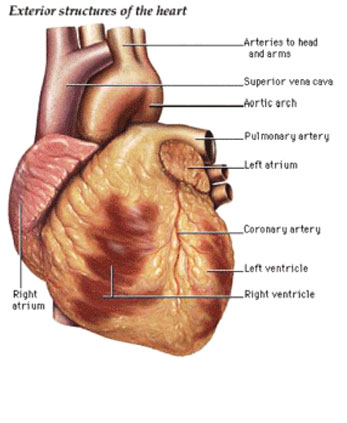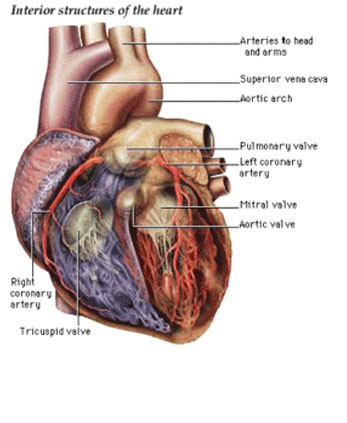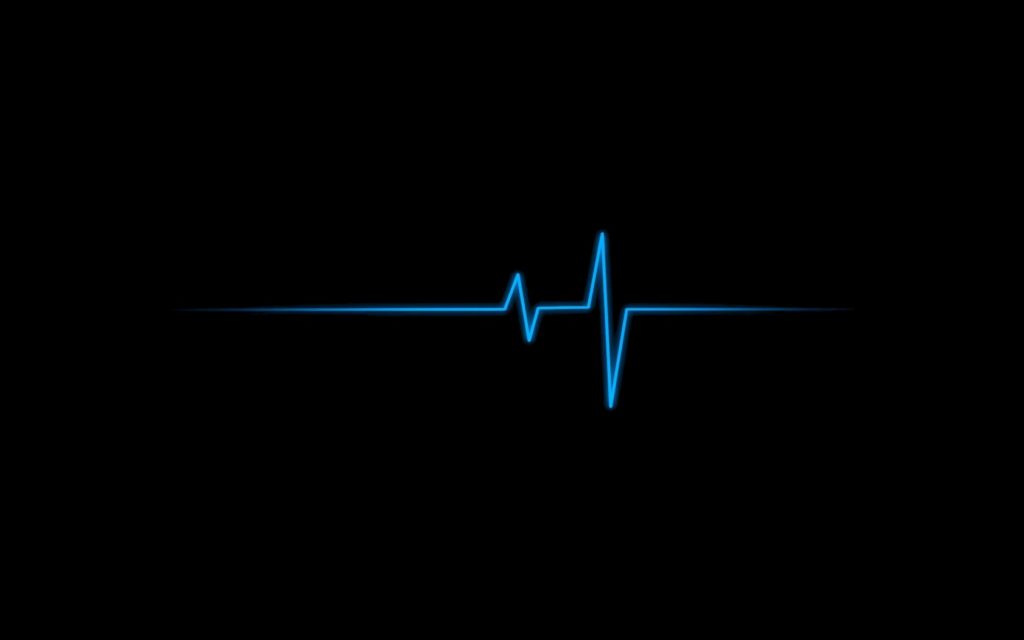Overview of Heart Disease
Heart Disease is a rather broad term used for a wide variety of diseases of the heart and blood vessels such as coronary artery disease, heart rhythm disorders called arrhythmias and defects of the heart present at birth, also called congenital heart defects. Heart disease simply describes a group of diseases that stem from the disfunction of the heart itself.
The two most common types of heart disease are known as coronary heart disease and cardiovascular disease. These are conditions in which plaque, which is made up of fat, cholesterol, calcium and other substances in the blood, builds up inside the coronary arteries which supply oxygen-rich blood to the heart muscle. This causes immense pressure to build up in the arteries and over time, it has a negative impact on health.
This plaque build-up is known as atherosclerosis. A plaque can grow large enough to reduce or completely block blood flow through an artery. More frequently, a plaque may rupture, causing a blood clot to form that either blocks the artery or breaks off and travels somewhere else in the body causing a blockage at another site. When the blockage takes place in a blood vessel that feeds the heart, the result is a heart attack or, depending on the severity, Sudden Cardiac Death.
If the plaque build-up or blood clot resulting from the plaque rupture occurs in the carotid arteries on either side of the neck, this is called Carotid Artery Disease and can result in a stroke. Peripheral Arterial Disease is when the major arteries that supply blood to the legs, arms or pelvis are blocked. If blood flow to any of these areas of the body is reduced or blocked, numbness, pain and sometimes dangerous infections can occur.


Quick Facts

In 2019, 647,000 people died due to heart disease in USA. That’s 1 in 4 deaths.
Heart Disease is the leading cause of death in the US, and it’s not going to stop anytime soon.

